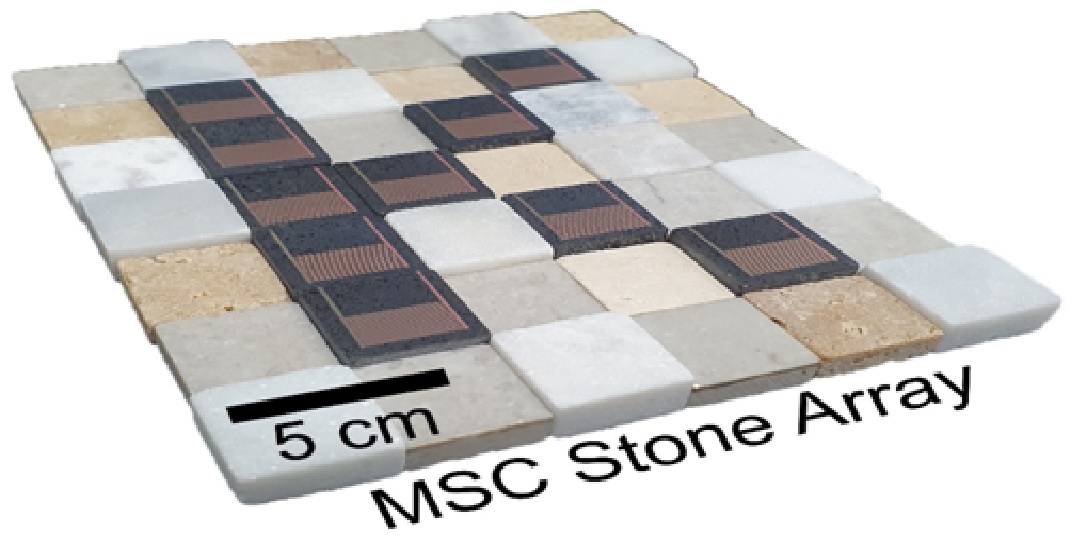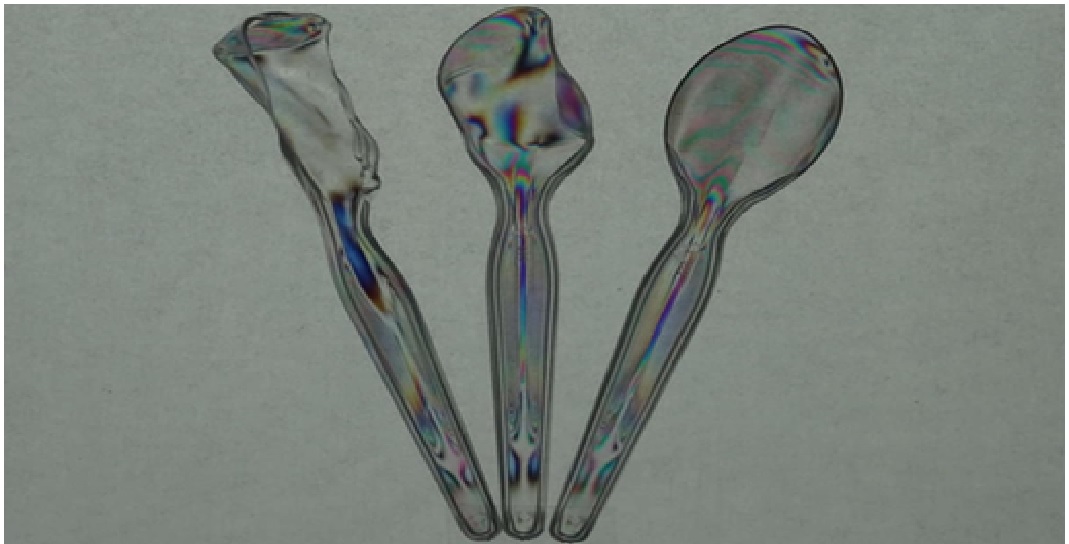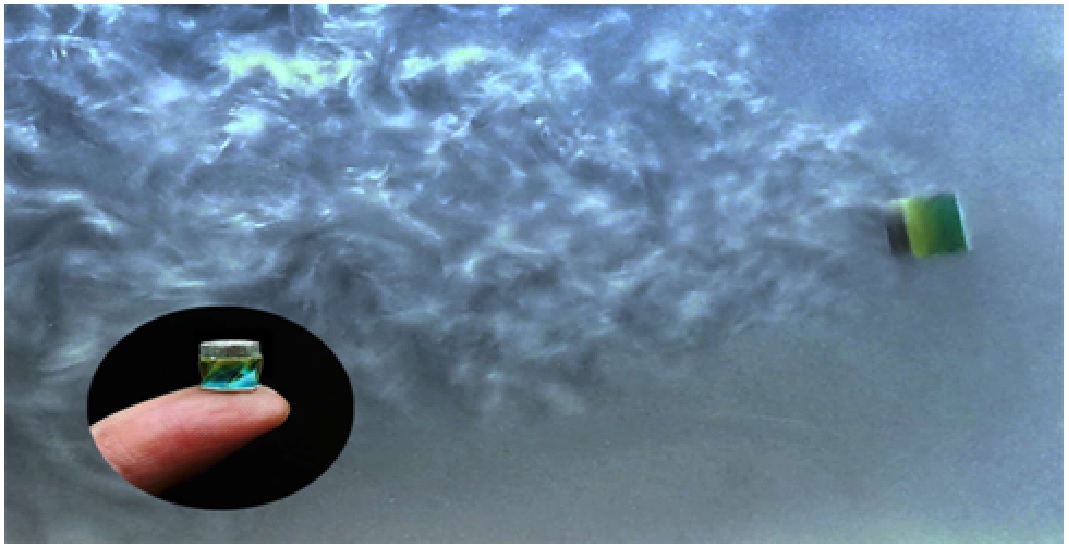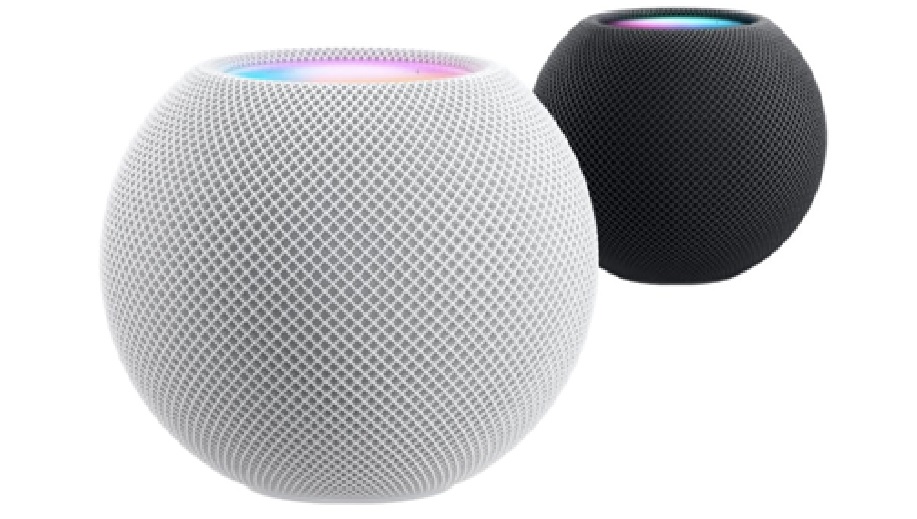Advanced Nanomaterial Helps in Solid State Computing Generation
Hersam and his colleague Vinod K. Sangwan, a materials science and engineering researcher at Northwestern University, researchers have catalogued an extensive list of potential neuromorphic electronic materials that includes zero-dimensional materials (quantum dots), one-dimensional and two-dimensional materials (graphene), and van der Waals heterostructures (multiple two-dimensional layers of materials that adhere together).
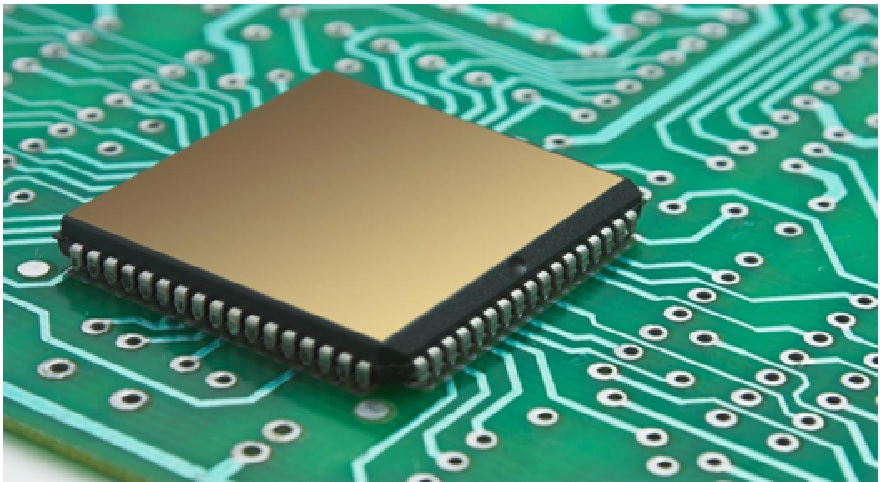
Figure 1. New neuromorphic electronic materials.
Figure 1 shows thatresearchers are looking to new classes of materials to meet the needs of advanced computing.One-dimensional carbon nanotubes, for example, have attracted attention for their use in neuromorphic systems because they resemble the tubular axons through which nerve cells transmit electric signals in biological systems. [1]
Generations of new solid-state devices processing and storing information electronically at fast-tracked speeds came and went as germanium transistors were replaced by silicon transistors succeed by integrated circuits, then by increasingly complicated chips filled with even higher counts of tinier transistors.
Nanotechnology advances have enabled the tiniest features on the most advanced integrated circuits today to be shrunk to an atomic scale, although this is not compatible with present devices.[2]
Opinions are divided on how these materials will factor into the future of computing. Abu Sebastian, the Zurich-based technical leader of the IBM Research AI Hardware Center in Albany, New York, is focused on near-term gains, and sees opportunities to push further in both digital and neuromorphic computing.
“Companies such as Mythic [an artificial intelligence company based in Austin, Texas] are very close to commercialization,” he says. On the research side, Lu says there’s a lot to figure out.
The complex computations adapted from imaging need to be made “tighter and more accurate” for neuromorphic computing to take full advantage, he says. Haensch adds that there is so far no material to enable viable commercial production.
Intel and IBM, which is the leading corporate institution for nanoscience and nanotechnology-related output in the Nature Index, have large groups working on non-von Neumann computing. Hewlett-Packard and Paris-based artificial intelligence firm Lights-On are among several companies that are focused on near-term applications. [3]
References:
- https://www.nature.com/articles/d41586-022-02147-3
- https://www.sciencetimes.com/articles/39311/20220811/nanomaterials-help-achieve-more-efficient-next-solid-state-computing-generation.htm
- https://penileclinic.com/nanomaterials-pave-the-way-for-the-next-computing-generation/31586/
Cite this article:
Sri Vasagi K (2022), Advanced Nanomaterial Helps in Solid State Computing Generation, AnaTechMaz, pp.280




